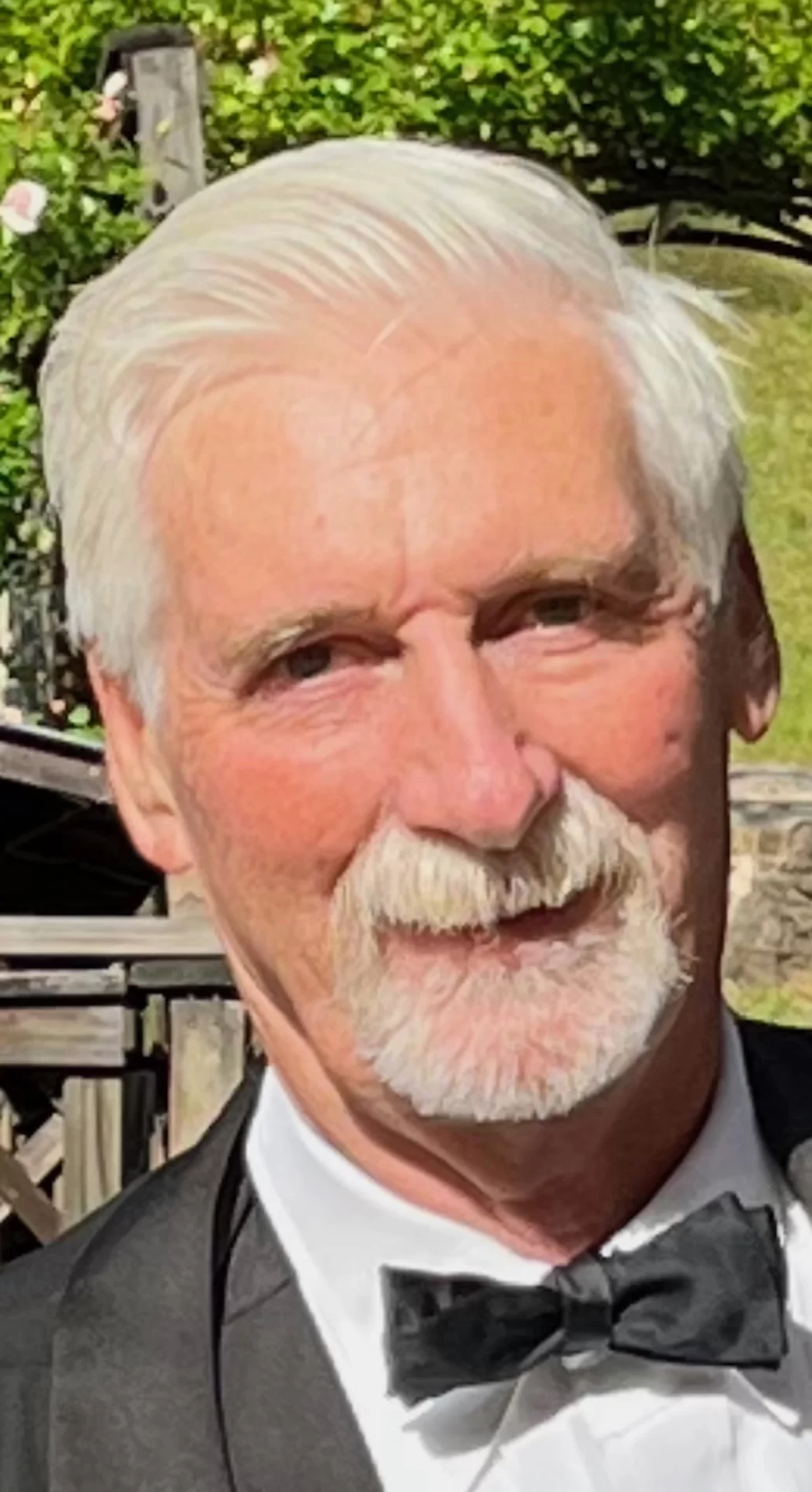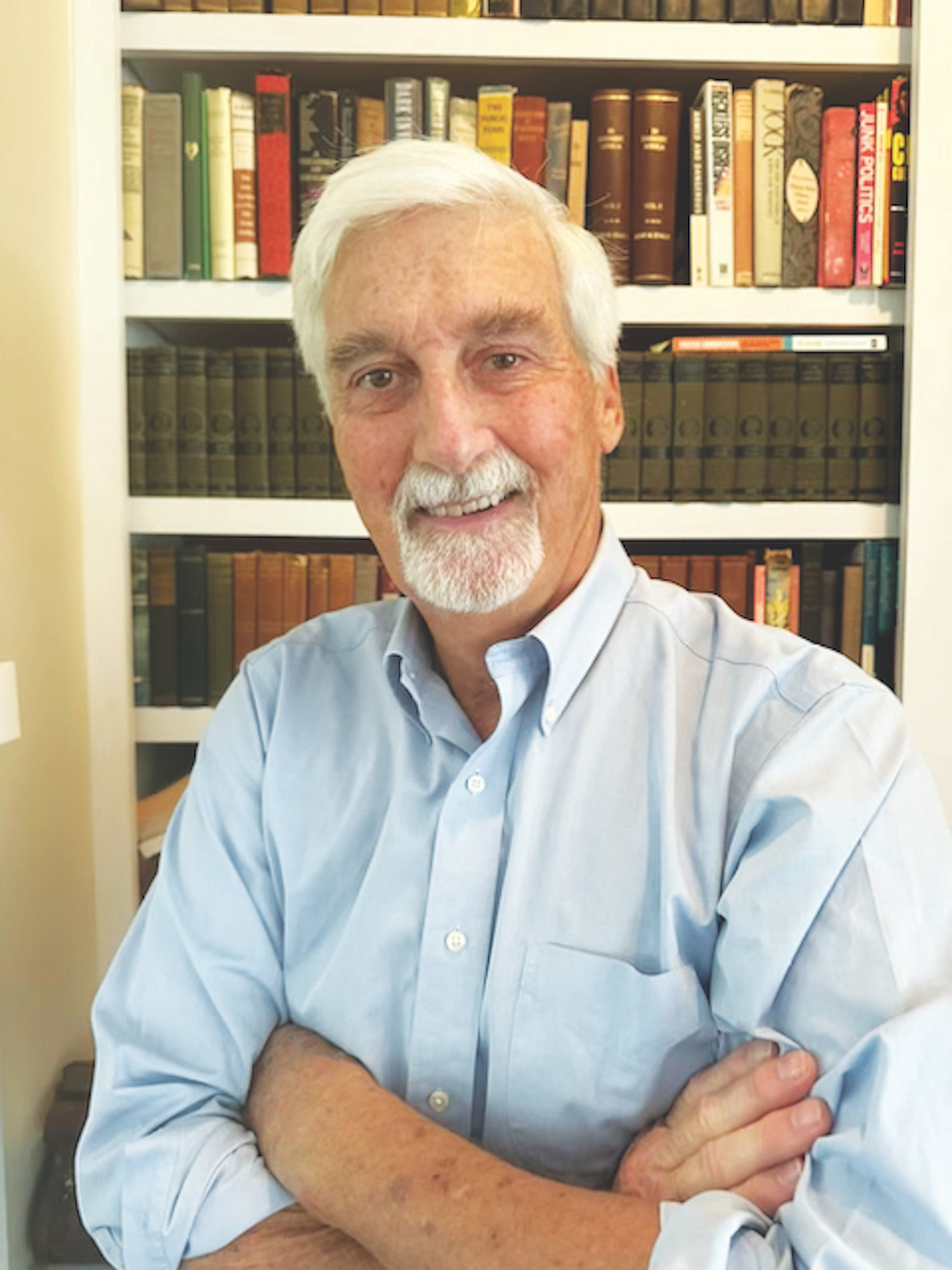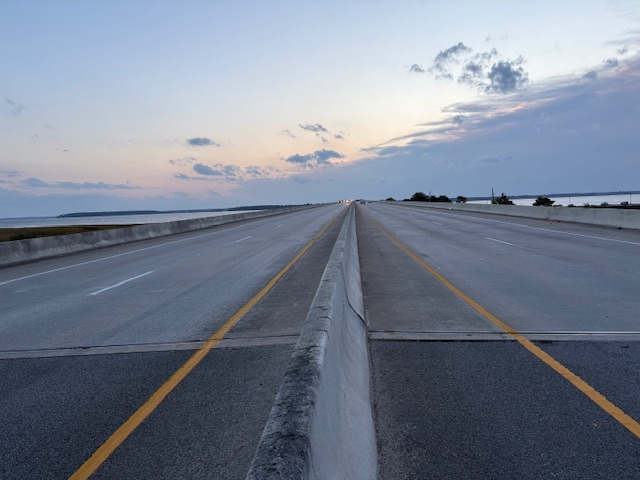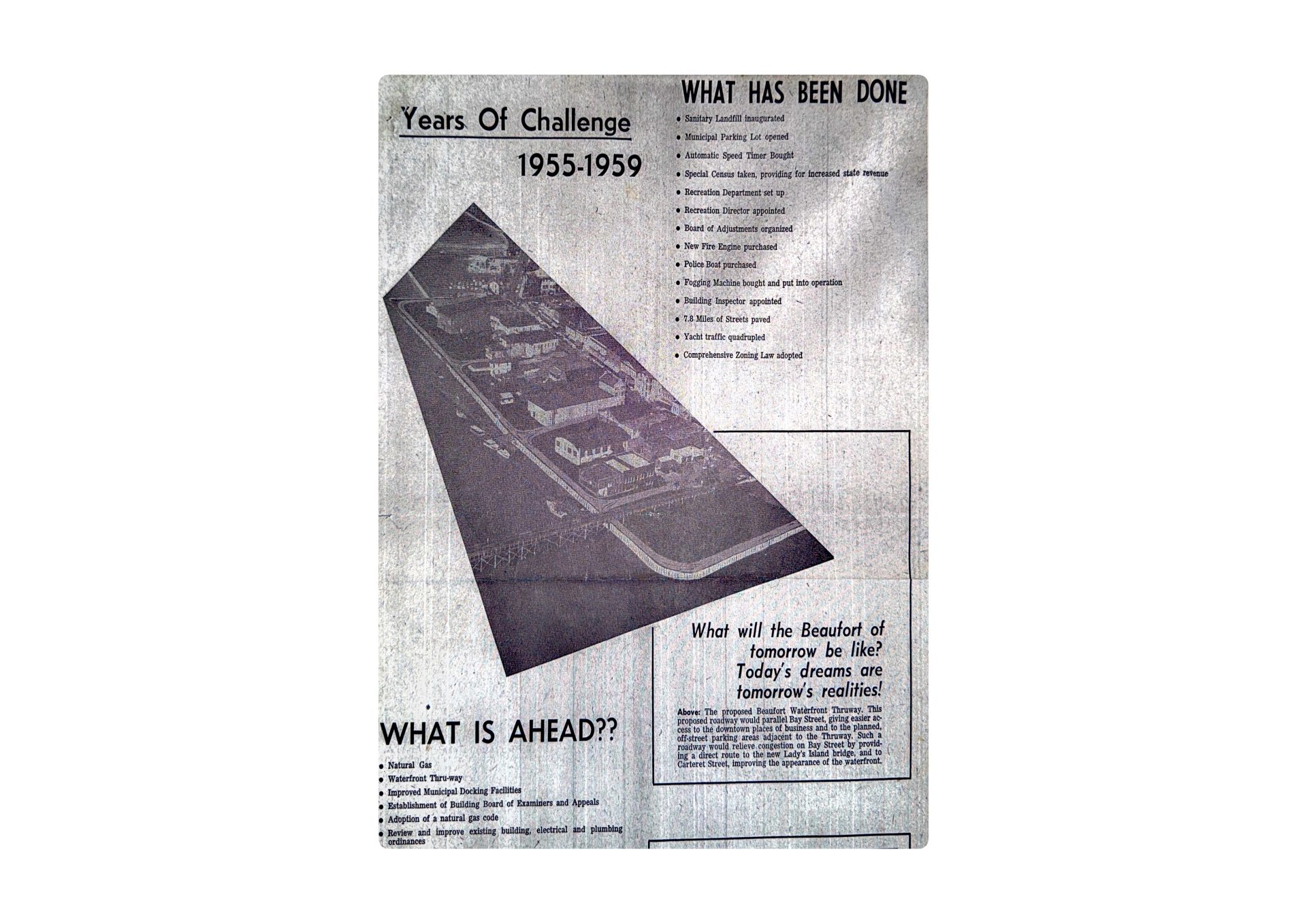By Bill Rauch
The effort by a group of residents of The Point to change the Beaufort City Council’s position on Point drainage is a grassroots effort that other neighborhoods and activists far and wide should spend a minute studying.
Here’s the short course.
As has been noted here and elsewhere, according to the National Oceanic and Atmospheric Administration (NOAA), and all the non-political old-timers agree, the seas are rising, especially along the southeastern Atlantic and Gulf coasts. Accordingly, without having to publicly acknowledge the politically fraught obvious, Council had no reasonable expectation that the embarrassing flooding on The Point would get better by itself.
They had a problem: on rainy days and on high tides their retention pond was overflowing. At the very center of the tourist attraction that helps the city’s economy relentlessly grow, tourists were getting their feet wet. And this unfortunate circumstance was likely only to get worse with time.
To address their problem, Council did exactly what city managers all-too-often get councils to do: they quietly spent a chunk of money reaching out to experts, and when the experts came back with a plan, they embraced the plan that they had bought and took to selling it to the affected parties.
My grandmother used to say: “Buy good stuff and take care of it and it will take care of you for the rest of your life.” Engineers don’t always agree with my grandmother, however, especially when there are big fees to be made from designing new stuff. So, what happens when the grandmothers and the engineers disagree?
Here’s where it gets interesting. Here’s what warrants study. A group of residents (what became a steering committee) initially disagreed with the plan. They noted that it violated the Department of the Interior guidelines and, they said, what the city really needed to do was to clean out the pipes they already had in the ground.
Here are the steps they then took, more or less in this order, …
1. They studied the problem and came up with a well-thought-out and well-explained alternative plan that they could all live with.
2. They started a petition in support of their position, and they passed it around the neighborhood until it featured nearly 300 signatures.
3. They politely presented their petition to council accompanied by a clear reiteration of their plan.
4. Their alternative plan was written down clearly, they stuck with it, and – importantly – the budgeters said the implementation of said plan would cost the city less than would implementing the plan Council had bought.
5. They were patient and they lobbied Council relentlessly.
6. But they did not stalk, or threaten, or get ugly or get personal and call names.
7. And, since Council had imposed a deadline (when the grant money would expire), they adapted their efforts to the city’s schedule.
8. And finally, they did not ask Council to jettison the plan for which Council had paid good money. They just said: “Let’s implement our plan first, and if it doesn’t work, yours is Plan B.”
This was a classic neighborhood campaign to bring out into the sunshine the deliberations surrounding what had been a secretive government’s secretly conceived plan.
And it’s not over yet.
Council, apparently with some members still in the thrall of the city manager, have declined to decide the matter. Instead, they have asked the engineers for more studies.
Having spent a lifetime in and around these things, is it unreasonable of me to begin to suspect that what is actually happening in this apparent lull in the action is that Council is stalling until after the election season has passed?
Bill Rauch was the Mayor of Beaufort from 1999 to 2008 and has twice won awards from the S.C. Press Association for his Island News columns. He can be reached at TheRauchReport@gmail.com.






